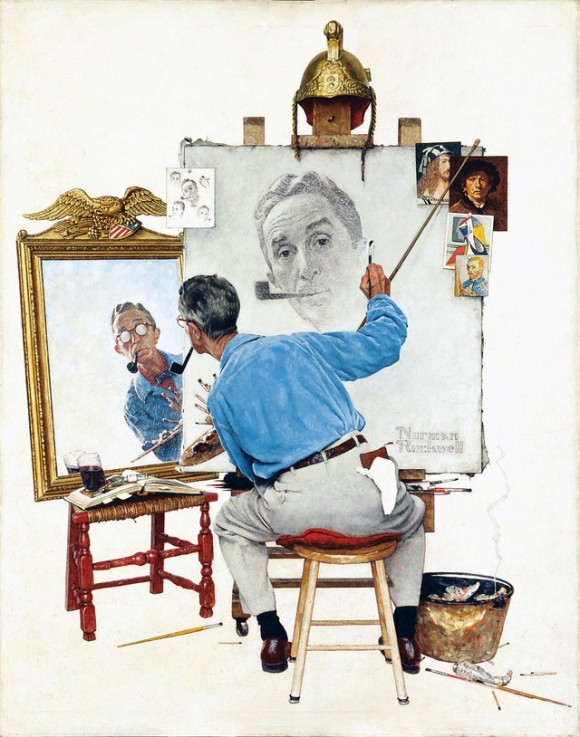As technology has developed, the image has been brought more fully to the forefront. The historical relationship between the written and the visual, and the consequences thereof, is rich and extensive. As computer users, everything we do through technology is mediated through an interface. There are many debates on the nature of the image, how technology is mediated, and what effects a culture of the image has on its societies. Vilhelm Flusser’s Towards a Philosophy of Photography, written in 1983 is a good place to begin this investigation, as is Roland Barthe’s Camera Lucida or Susan Sontag’s On Photography. The photograph, another artistic mode in the history of image framing, is the first time an image could be captured (almost) exactly as it appears in waking life, prompting a quick development of the ever-pervasive “image.”
But while an investigation into the history of new media is often traced back to photography or the cinema (in Lev Manovich’s The Language of New Media), some, like Alexander Galloway in his Interface Effect, argue that because the computer did not originate out of an image-based format (but for numerical purposes), it doesn’t necessarily belong in a history of the image. This is just a snippet of the many debates taking place within this theme.
Fields: Art History, Media Theory and History
Scholars: Walter Banjamin, Susan Sontag, Lev Manovich, Vilhelm Flusser, Roland Barthes, Freidrich Kittler
Resources:
Lev Manovich, The Language of New Media (full text)
Vilhelm Flusser, excerpt from Towards a Philosophy of Photography
Roland Barthes, Camera Lucida (full text)
Regis Debray and his theory of mediology, “What is Mediology?” (essay)
Freidrich Kittler, Gramophone, Film, Typewriter (full text)


